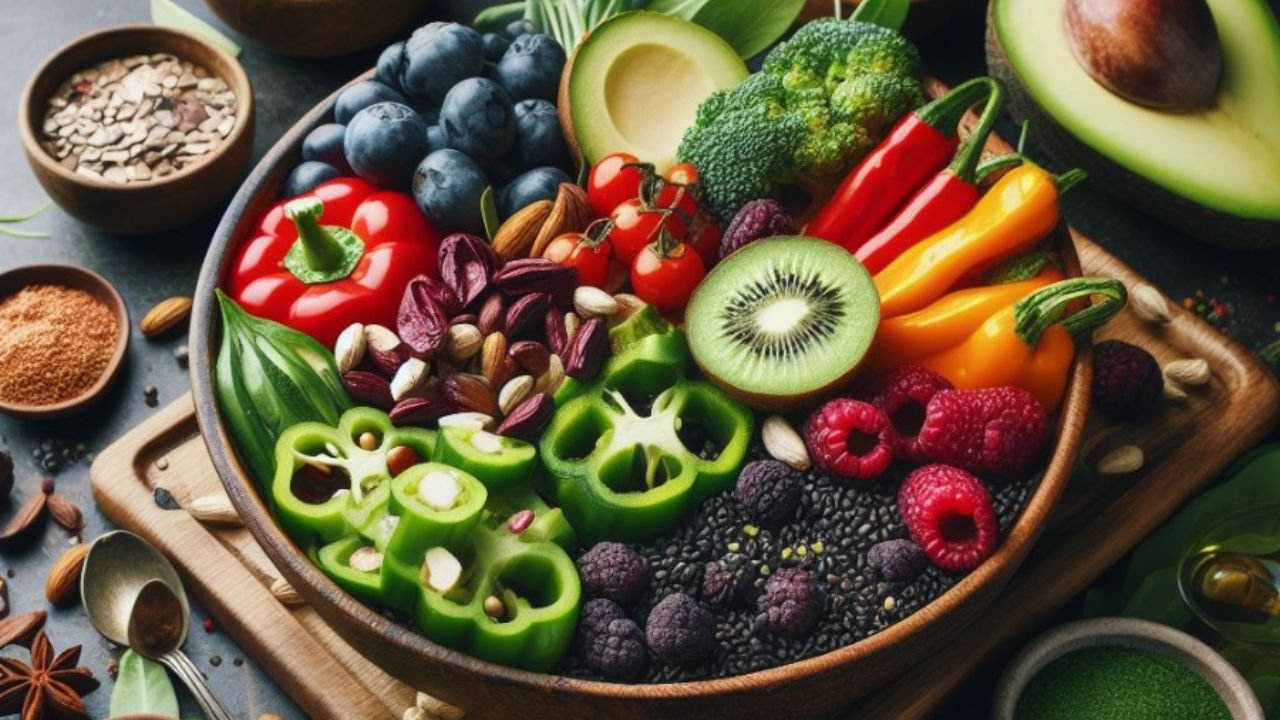Buší is more than just a delightful dish; it’s a culinary tradition steeped in history and culture. Revered by food enthusiasts and culinary explorers alike, Buší captivates with its unique flavors and rich heritage. This dish holds cultural significance in its homeland and piques the curiosity of those eager to explore global cuisines. In this blog post, we’ll take you on a flavorful journey through Buší’s origins, preparation, and role in modern and traditional culinary landscapes.
The Origins of Buší
Buší’s roots can be traced back to ancient times, reflecting a long-standing tradition within local cuisine. Historical records and oral traditions suggest that this dish was a staple in both ceremonial feasts and everyday meals. Over time, Buší has undergone various transformations, adapting to regional tastes and ingredient availability. Each region proudly boasts its own variation of Buší, highlighting the diversity in preparation and presentation while maintaining the core essence that makes it recognizable.
The dish’s evolution over centuries tells a story of resilience and adaptation. Initially mentioned in old culinary texts, Buší was traditionally prepared during harvest festivals and community gatherings. Today, its presence at such events is a testament to its enduring popularity and cultural resonance.
Ingredients and Preparation
At the heart of Buší are its simple yet flavorful ingredients. Fresh, locally-sourced produce serves as the foundation, often including root vegetables, grains, and aromatic herbs. These components come together to create a dish that’s both nourishing and delectable.
Preparation of Buší involves a series of steps designed to enhance the natural flavors of the ingredients. Traditionally, the cooking process requires specific tools and techniques passed down through generations. A step-by-step guide might include washing and preparing the vegetables, seasoning with herbs, and carefully simmering the mixture to achieve the perfect balance of flavors and textures.
Buší in Modern Times
Today, Buší continues to hold a special place in the hearts of many. Its relevance extends beyond its cultural origins, finding a new audience among global food enthusiasts. In contemporary culinary scenes, Buší has adapted to modern tastes and dietary preferences without losing its traditional charm.
Innovative chefs and home cooks alike have embraced Buší, experimenting with new ingredients and cooking methods. Despite these modern twists, the dish remains true to its roots, offering a taste of tradition alongside contemporary flair. This adaptability ensures Buší’s place not only on family tables but also in upscale restaurants worldwide.
Cultural Significance and Traditions
Buší is more than a meal; it’s a cultural icon. Often enjoyed during local celebrations, it serves as a bridge between past and present, connecting generations through shared culinary experiences. Stories abound about Buší’s role in community life, from being the centerpiece of festive gatherings to a comforting dish in everyday family meals.
These cultural narratives highlight Buší’s importance beyond its taste. It represents unity, tradition, and the communal spirit of sharing food. Whether prepared for a large celebration or a simple family dinner, Buší brings people together, reinforcing bonds and creating lasting memories.
Health and Nutritional Value
Beyond its delightful taste, Buší offers nutritional benefits. Its primary ingredients, rich in vitamins and minerals, contribute to a balanced diet. The dish’s plant-based nature makes it an ideal choice for those seeking wholesome and nutritious meals.
For individuals with dietary restrictions, Buší can be adapted to meet various needs. By substituting certain ingredients, a healthier version of Buší can be crafted without compromising its signature flavor. This flexibility makes Buší accessible to a wider audience, promoting a healthy lifestyle while respecting culinary tradition.
Where to Find and How to Make Buší
Exploring Buší doesn’t require a plane ticket. Many local eateries and markets offer authentic versions of this beloved dish, providing a taste of tradition close to home. For those eager to try their hand at making Buší, sourcing genuine ingredients is key to capturing its authentic flavor.
Making Buší at home is a rewarding experience, allowing culinary explorers to experiment with flavors and techniques. By following traditional recipes and adjusting them to personal preferences, home cooks can create a dish that reflects both the essence of Buší and their unique culinary style.
You May Also Like: Discover Calandrando’s Authenticity through Mr. Chef Techniques
Conclusion
Buší stands as a testament to the richness of culinary tradition and the allure of global flavors. Its enduring appeal lies in its ability to adapt while preserving its cultural essence. For those curious to learn more or try Buší themselves, exploring its history and preparation offers a deeper appreciation for this remarkable dish. We invite you to join our culinary community and share your Buší experiences, continuing the tradition for future generations.
Frequently Asked Questions
What is Buší?
Buší is a traditional dish known for its hearty ingredients and cultural significance. It’s popular among culinary explorers and food enthusiasts.
How do you make Buší?
Buší is made by combining fresh vegetables, grains, and herbs, simmered to perfection. Traditional techniques enhance its robust flavors.
Can Buší be adapted for dietary restrictions?
Yes, Buší can be modified to accommodate dietary needs. Ingredient substitutions can make it suitable for various preferences.
Where can I find Buší?
Buší is available at many local markets and eateries that specialize in traditional dishes. It can also be made at home using authentic ingredients.
What makes Buší culturally significant?
Buší is more than food; it’s a cultural symbol of unity and tradition. It’s enjoyed during celebrations and holds historical and social importance.











